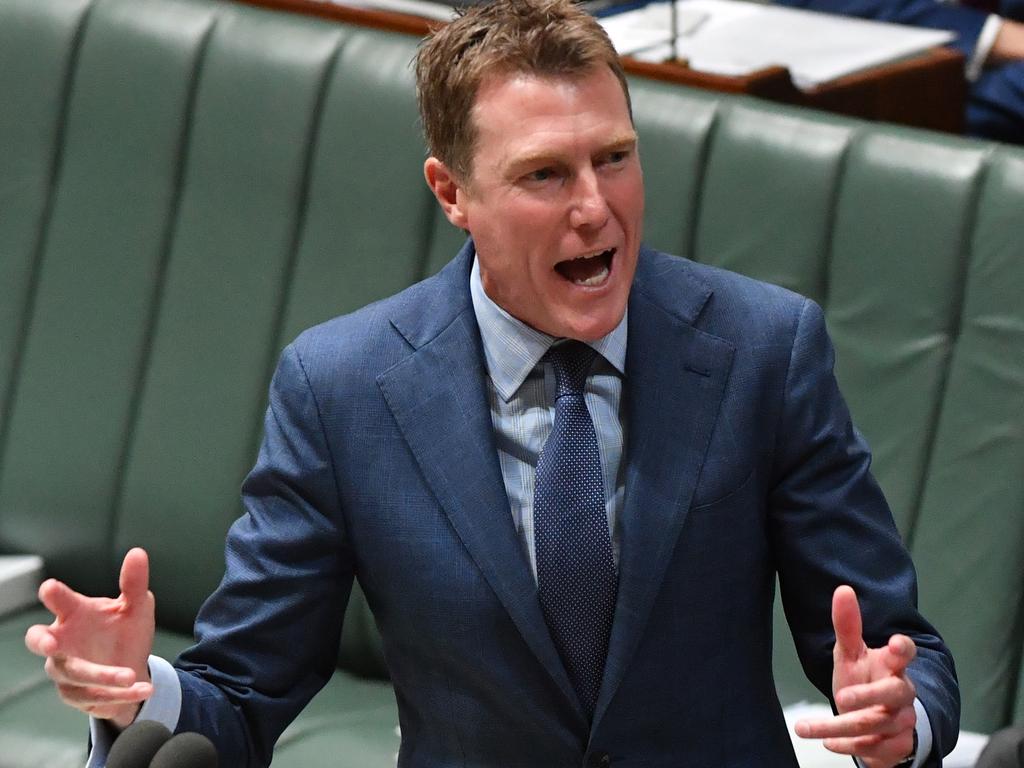Earnings key to leave virus benefits behind
Australians forced on to government payments during the COVID-19 pandemic are being urged to keep working to ensure a rapid transition off welfare support.

Australians forced on to government payments during the COVID-19 pandemic are being urged to keep working — even just one day a week — to ensure a rapid transition off welfare support.
New Department of Social Services analysis has revealed that Australians who had a capacity to keep earning while on welfare were twice as likely to shift off support payments at a faster rate.
Social Services Minister Anne Ruston, who will on Monday table the legislative instrument to parliament extending JobSeeker payments until December 31, said as the jobs market improved, the government wanted to encourage Australians to “dip their toe in and re-engage with the workforce”.
Under the extension, the government is increasing the income-free threshold for JobSeeker and Youth Allowance from $106 to $300 a fortnight to improve incentives to work without having the eligibility for JobSeeker or the coronavirus supplement impacted.
Senator Ruston said the DSS analysis showed it was in the nation’s interests to provide special consideration for JobSeeker recipients to continue earning and ensure stress on the welfare system was not entrenched.
“The Priority Investment Approach shows that people receiving working-age payments who have earnings are twice as likely to leave income support than those without earnings,” Senator Ruston told The Australian.
“This is why as we move to the next phase of coronavirus support, we are improving incentives to work by raising the income-free area to $300 per fortnight.
“This means a person working about a day a week at minimum wage will see no reduction to their income support, allowing people to retain a safety net while they transition into employment.”
Senator Ruston said “we know that even a small amount of part-time work while on payment can have a dramatic impact on the pathway off income support”.
“It is important as we move out of the crisis phase of the pandemic that we balance enhanced levels of income support with the right incentives for people to want to enter the workforce as the economy opens up,” she said.
The DSS analysis said “people receiving working-age payments are around twice as likely to exit the income support system if they had earnings within the past year while they received income support than if they had no earnings. This effect becomes more pronounced over time.”
From the end of September, the fortnightly JobSeeker coronavirus supplement will be reduced from $550 to $250, bringing the overall rate to about $815 a fortnight for welfare recipients. The supplement is due to expire at the end of December.
Anthony Albanese repeated his calls on Sunday for JobSeeker to remain at the $1100 a fortnight rate and for the government to bake the coronavirus supplement into welfare payments permanently. “The government has said … if you give income to people who are on low incomes and they spend that money, it circulates around the economy.
“It helps to create employment,” he told the ABC.







To join the conversation, please log in. Don't have an account? Register
Join the conversation, you are commenting as Logout